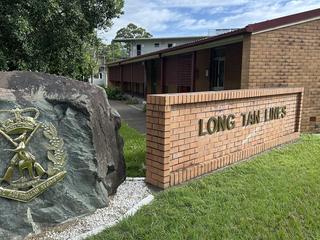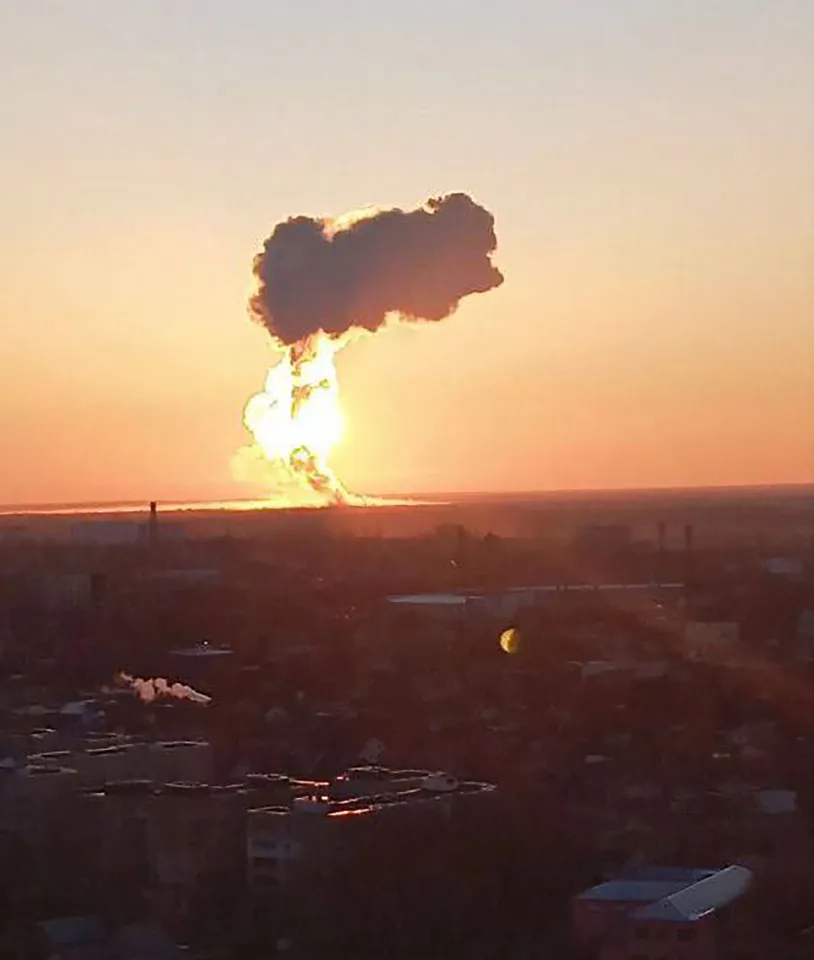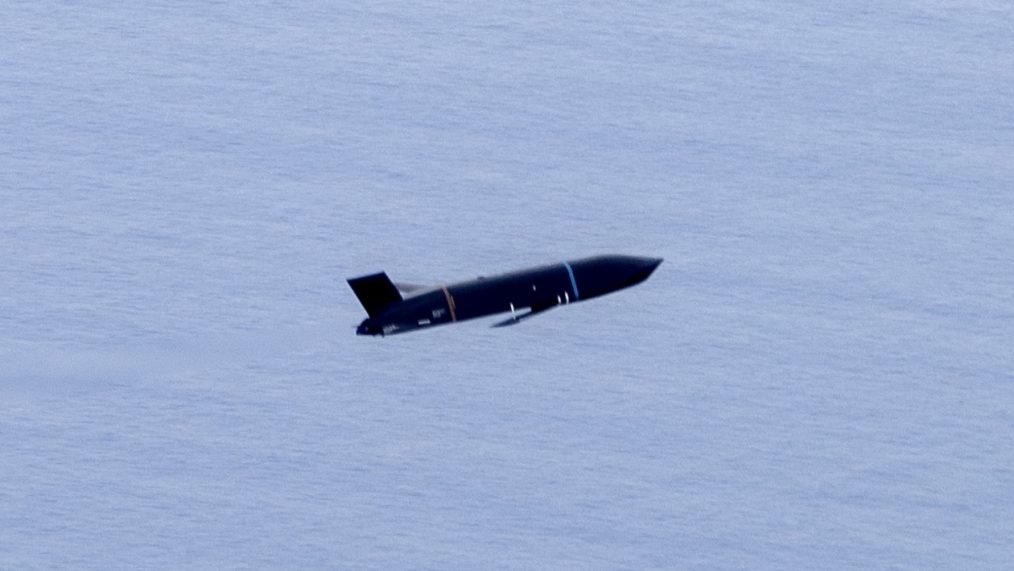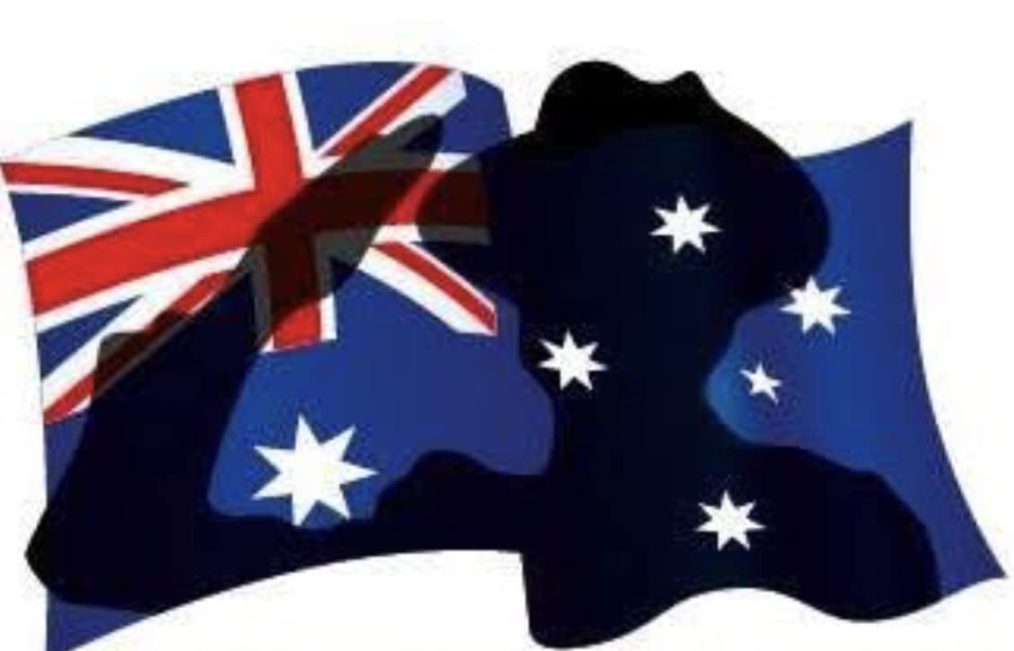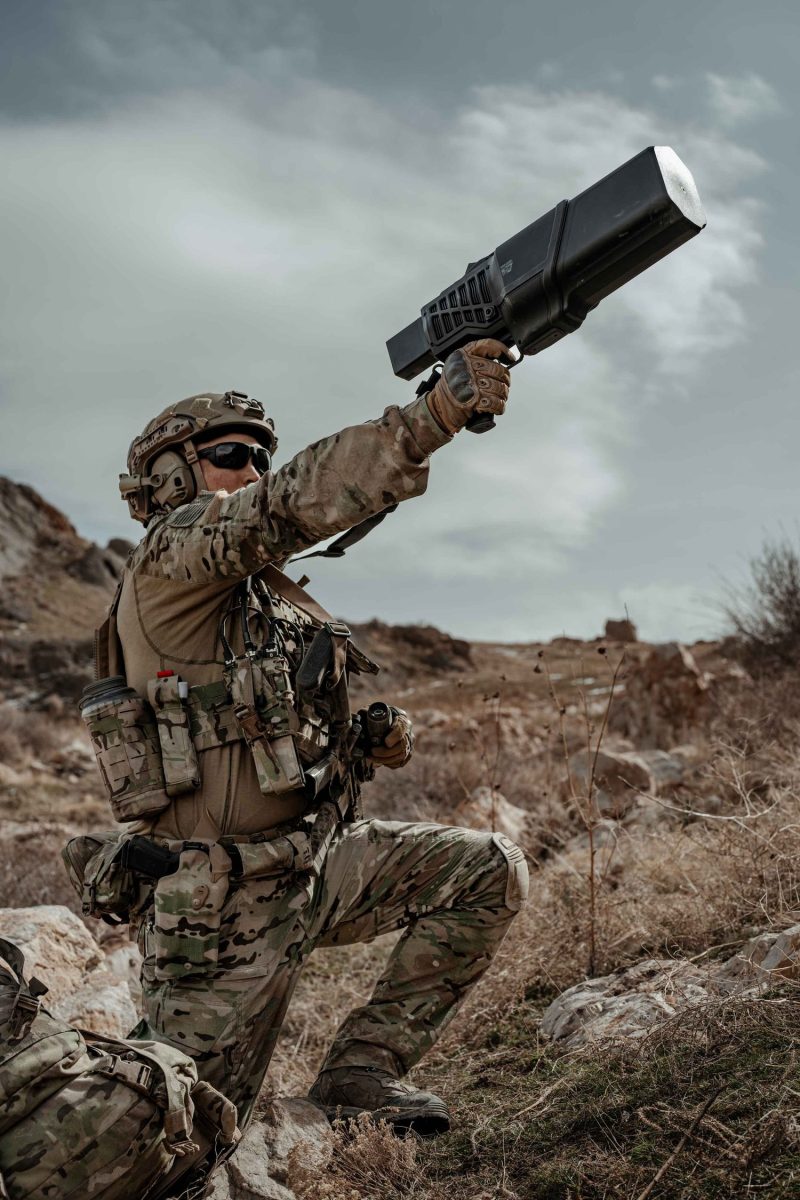Des Houghton The Courier Mail
I visited the Gallipoli Barracks at Enoggera this week and what I saw was a national disgrace.
A cluster of six older buildings, home to the Army’s decorated 6th Battalion, Royal Australian Regiment, were rotting away.
Ludicrously, soldiers have had to don helmets to work there because the ceilings were falling on their heads after the deluge that came with Cyclone Alfred.
Most of the buildings have serious leaks. Water ran through light fittings, entire ceilings had collapsed to reveal rotting wood and rusting pipes, damage from earlier storms. Asbestos and lead paint has been exposed and in three of the buildings I saw large patches of black mould.
Collectively, the buildings are known as the Long Tan Lines named after the 1966 battle in Vietnam where 18 Australian soldiers were killed.
The buildings are especially important because 6 RAR contains the battle-ready combat troops who could be deployed at any hour. The buildings house planning rooms and the quartermaster’s storage areas.
One of them contains a large armoury resembling a bank safe. Long Tan Lines should have been pulled down 20 years ago. Pleas to repair the buildings have been ignored by a series of Defence ministers. The minister is effectively the Army’s landlord at Enoggera where 10,000 people work.
Half are combat soldiers; others offer logistic and clerical support and there are some Defence Department civilians.
Whenever I hear the words Long Tan I always think of a school mate, Francis Brett Topp who died in the rubber plantation there. Although Toppy was ahead of me at school I will never forget his good humour and wide smile. He was 19, the youngest Australian to die on August 18, 1966. He had been in Vietnam for only a month and had been with his battalion for just 24 hours. It was his first time the farmer’s son from Helidon had ventured outside the wire.
His body was found with his fallen comrades surrounded by their weapons. Overwhelmed by the Viet Cong they did not flinch from their task. They fought courageously to the end.

